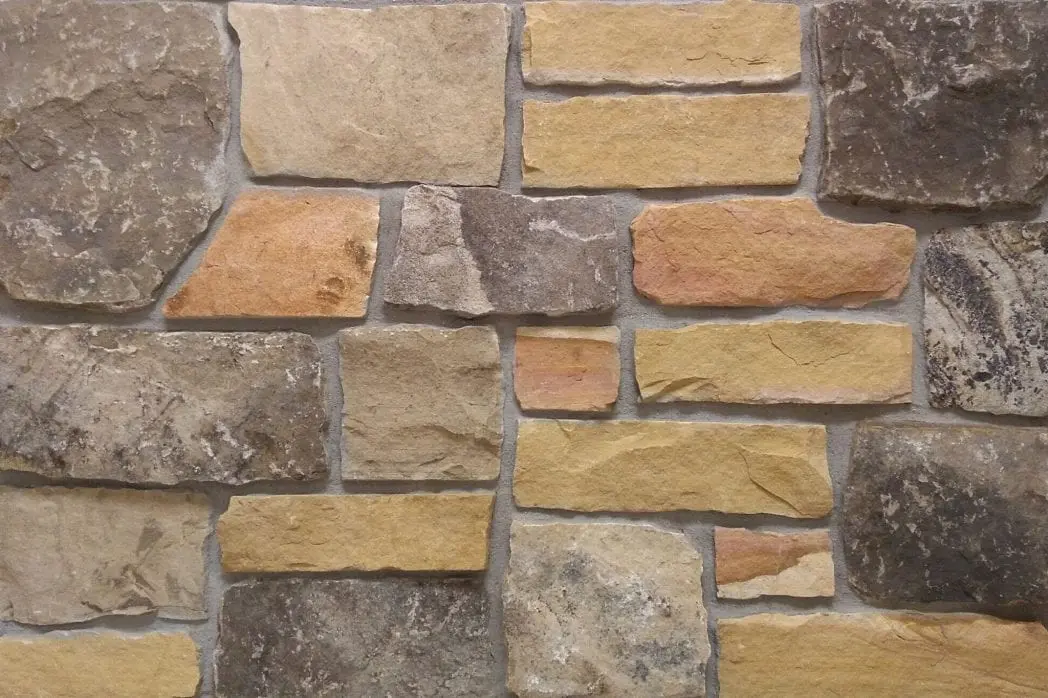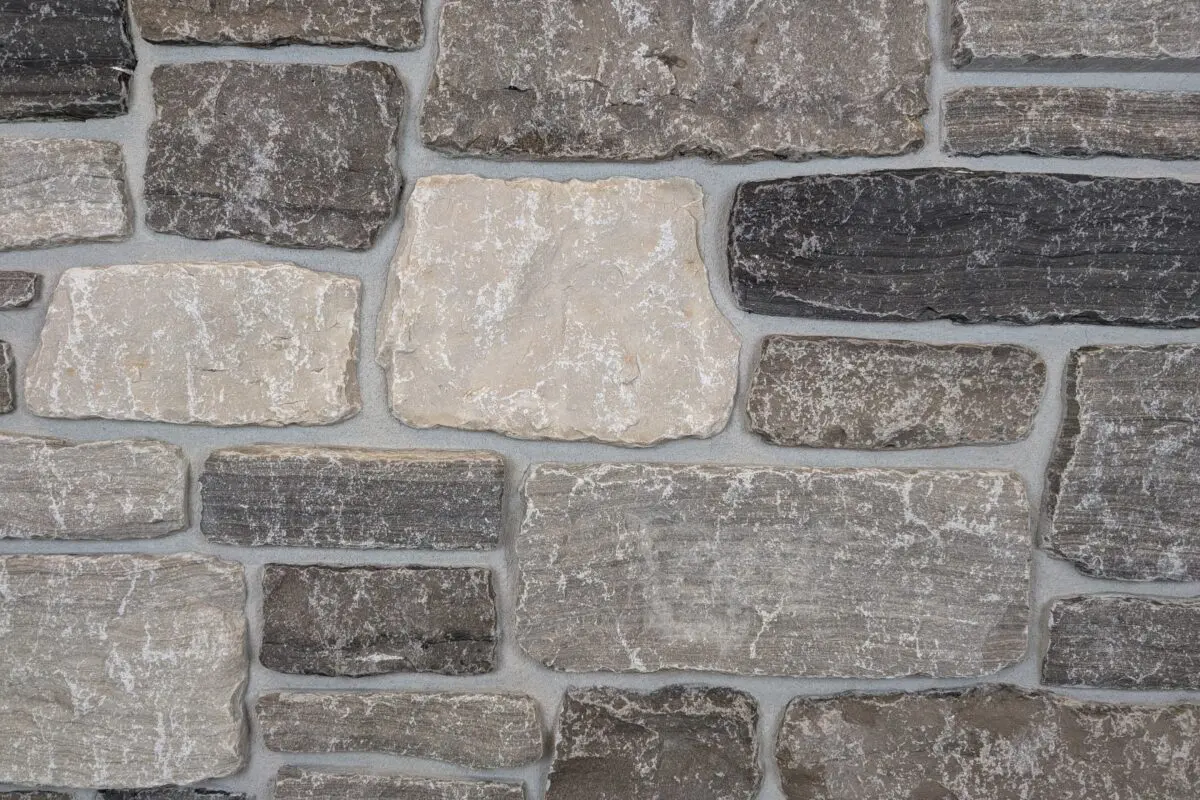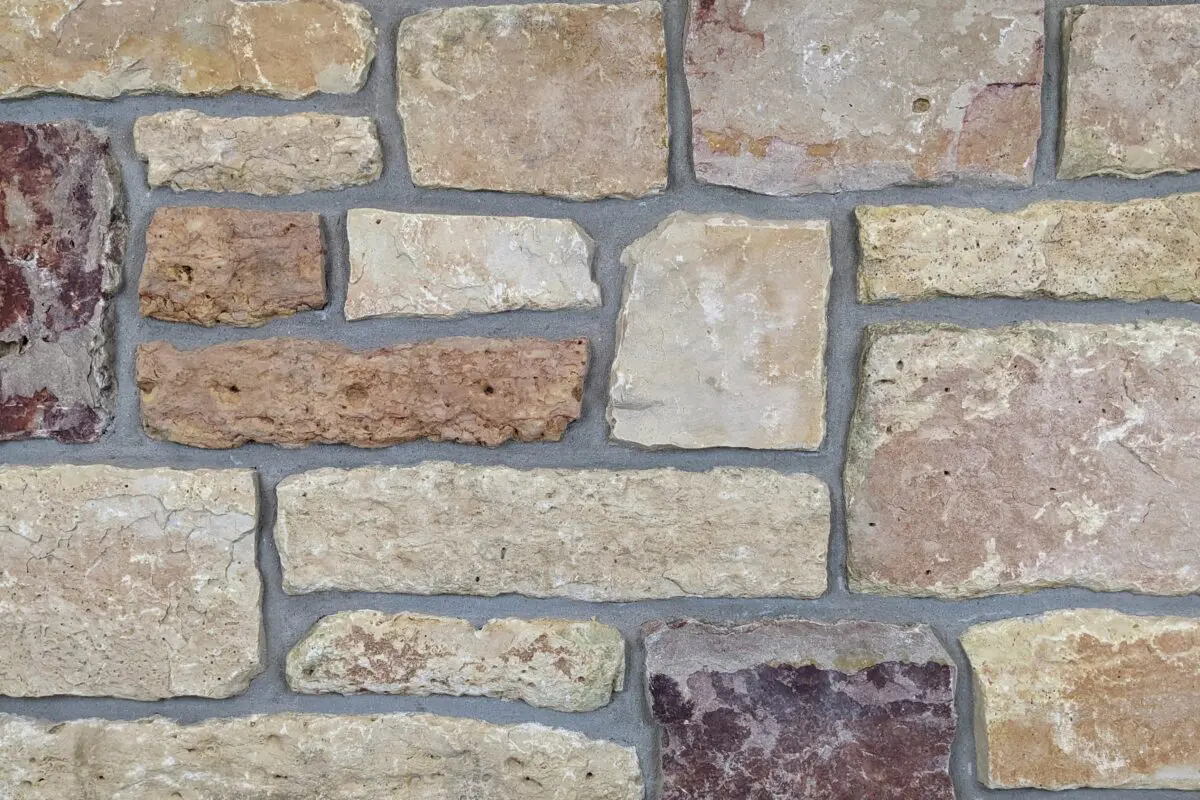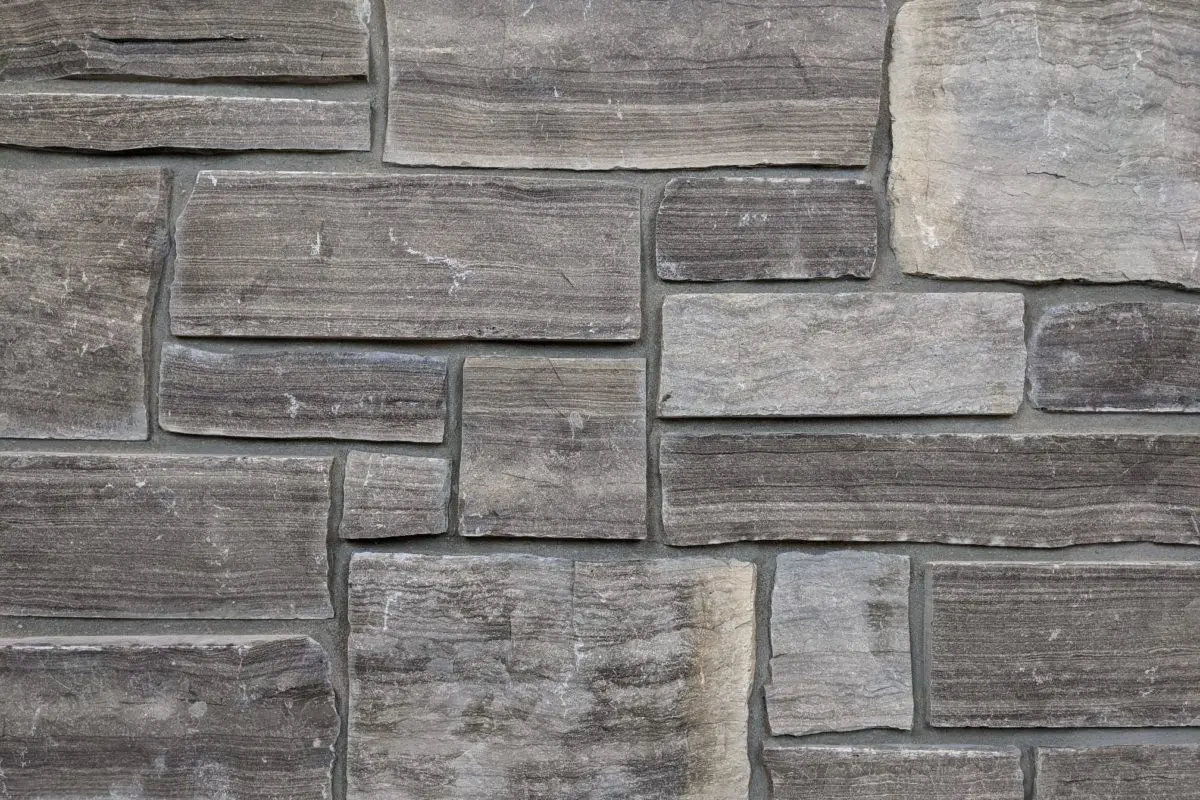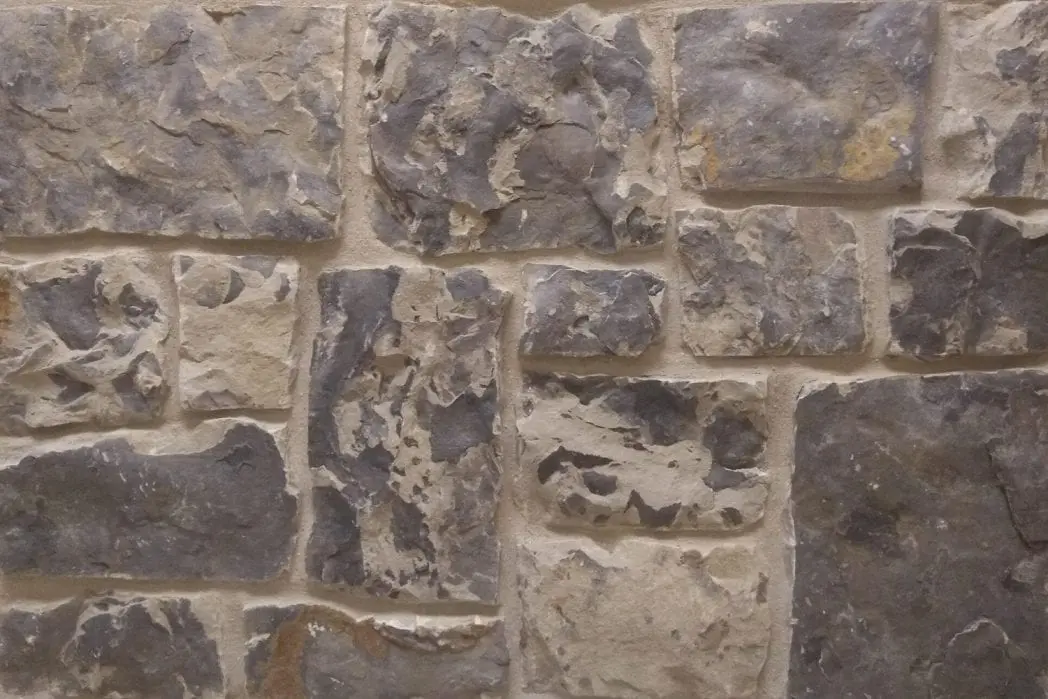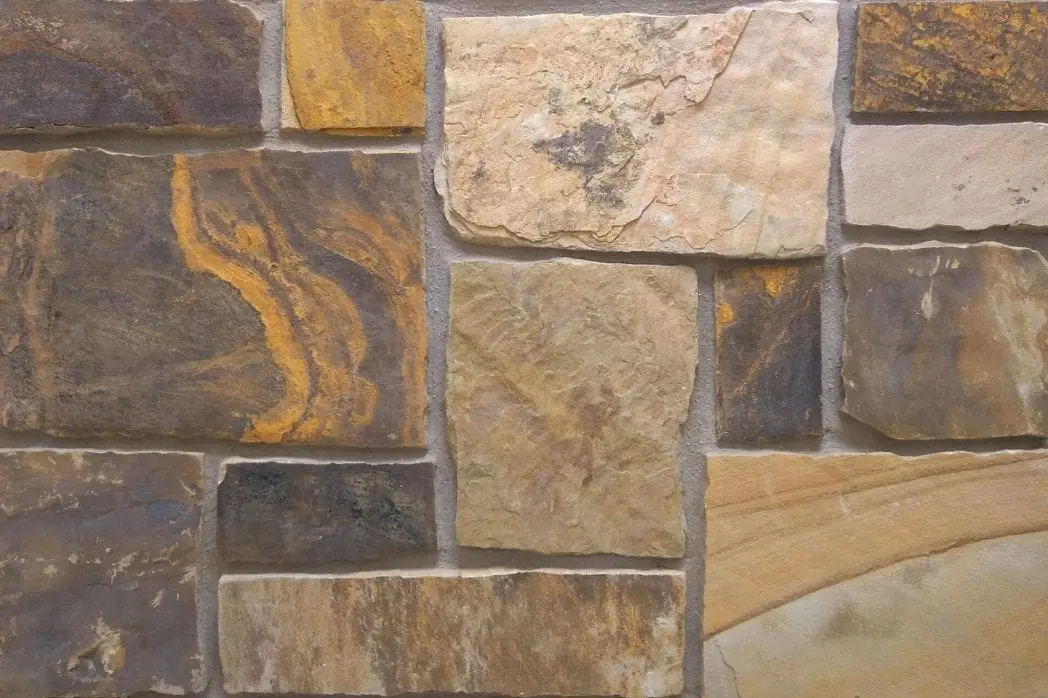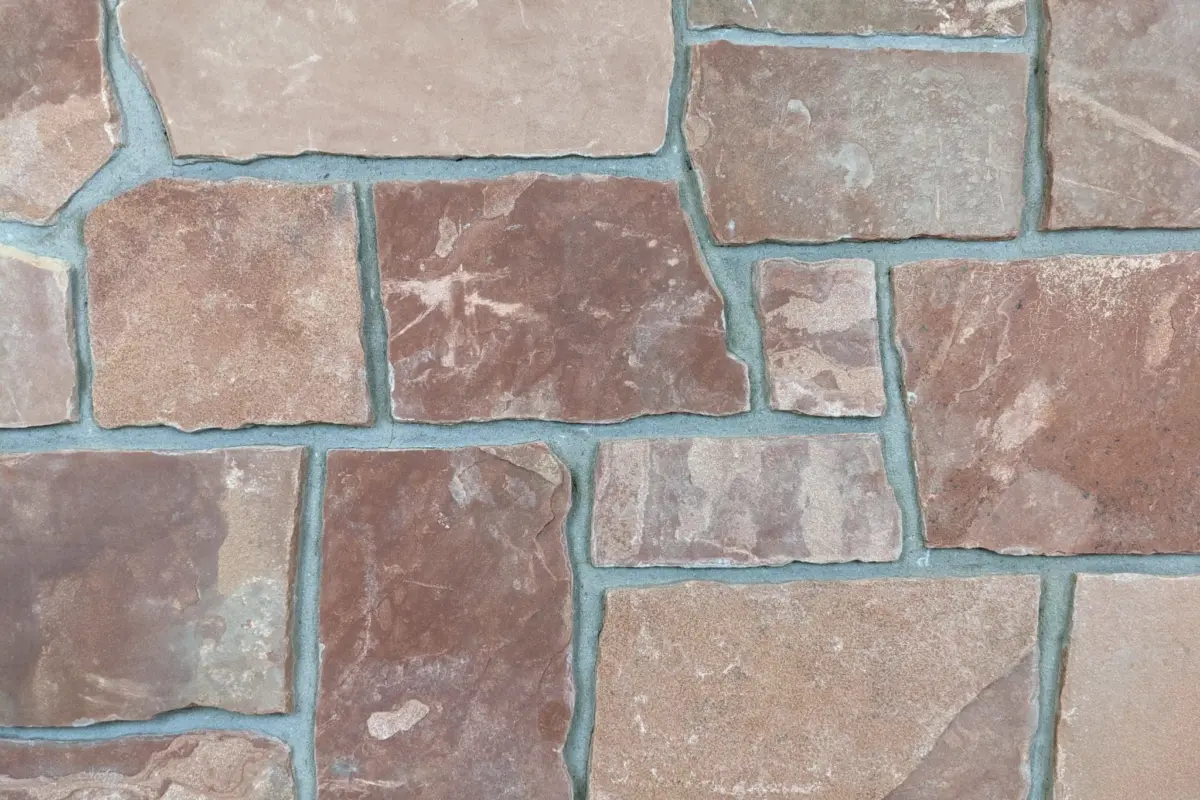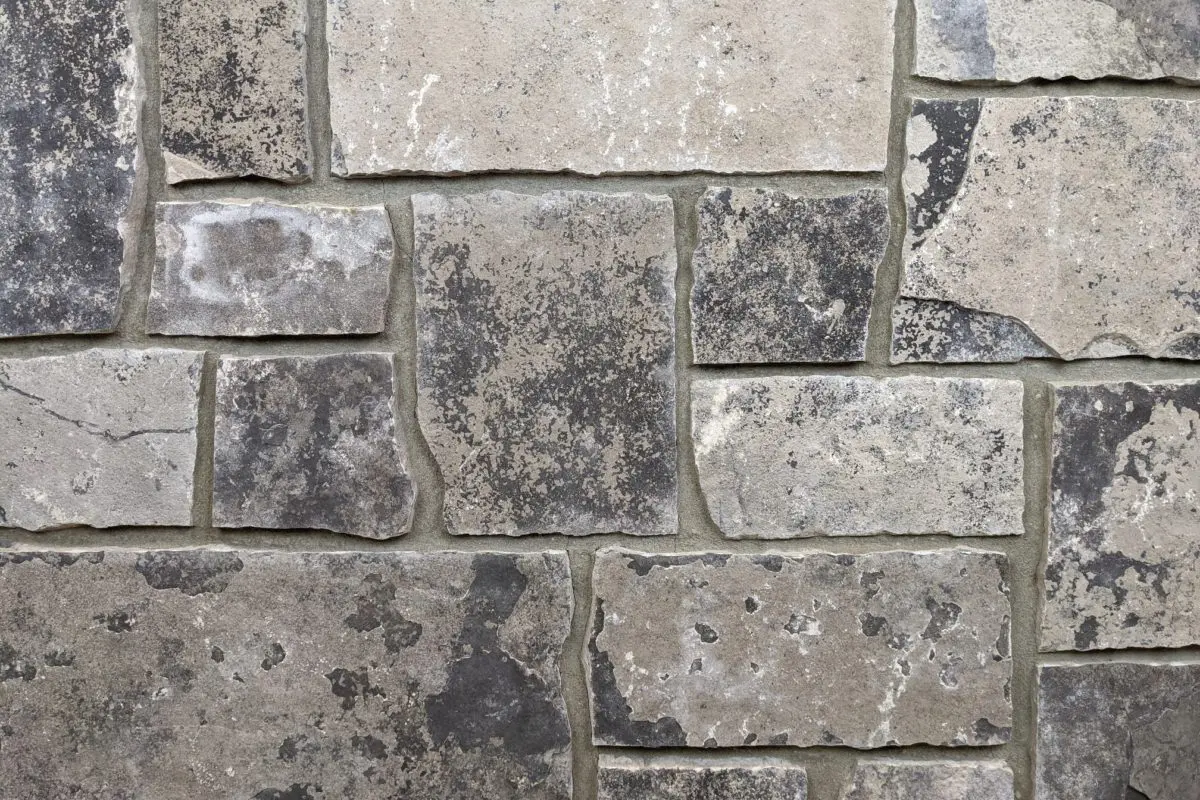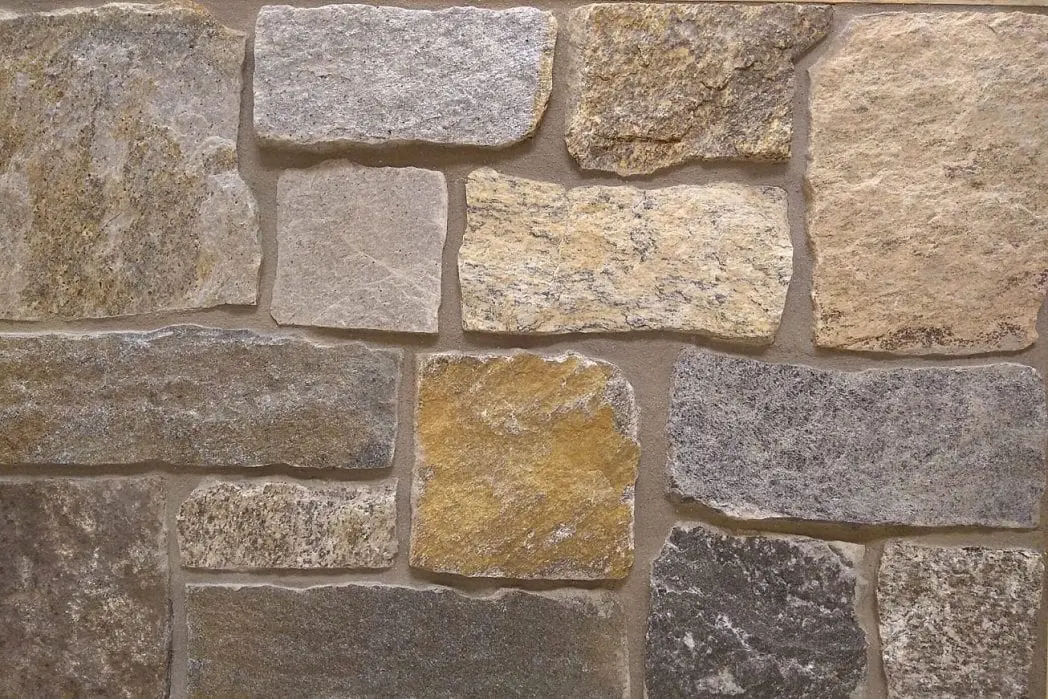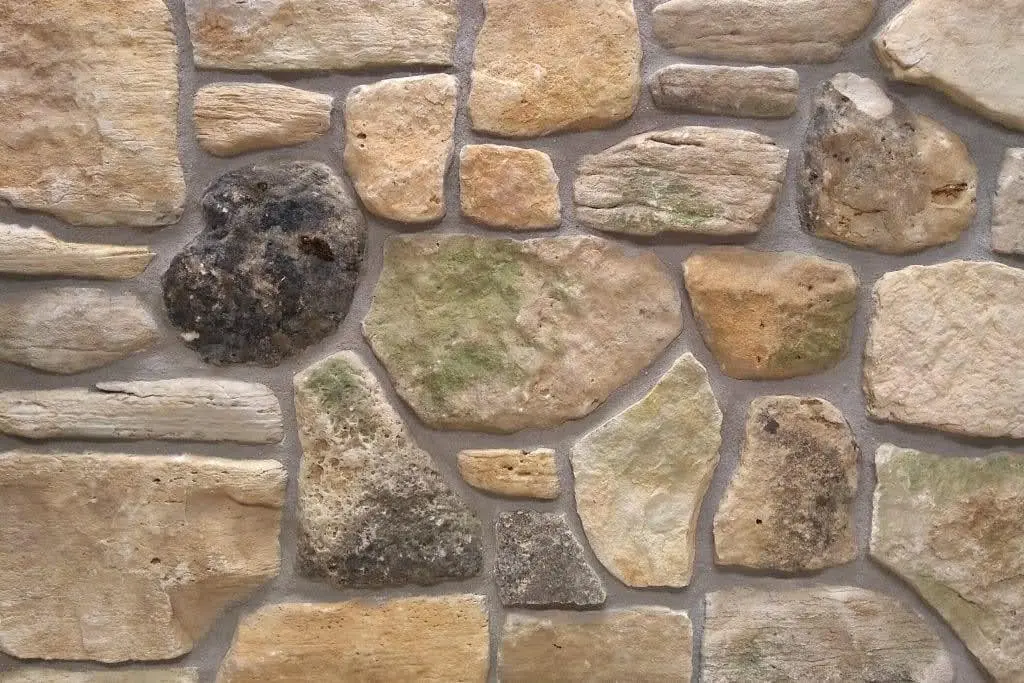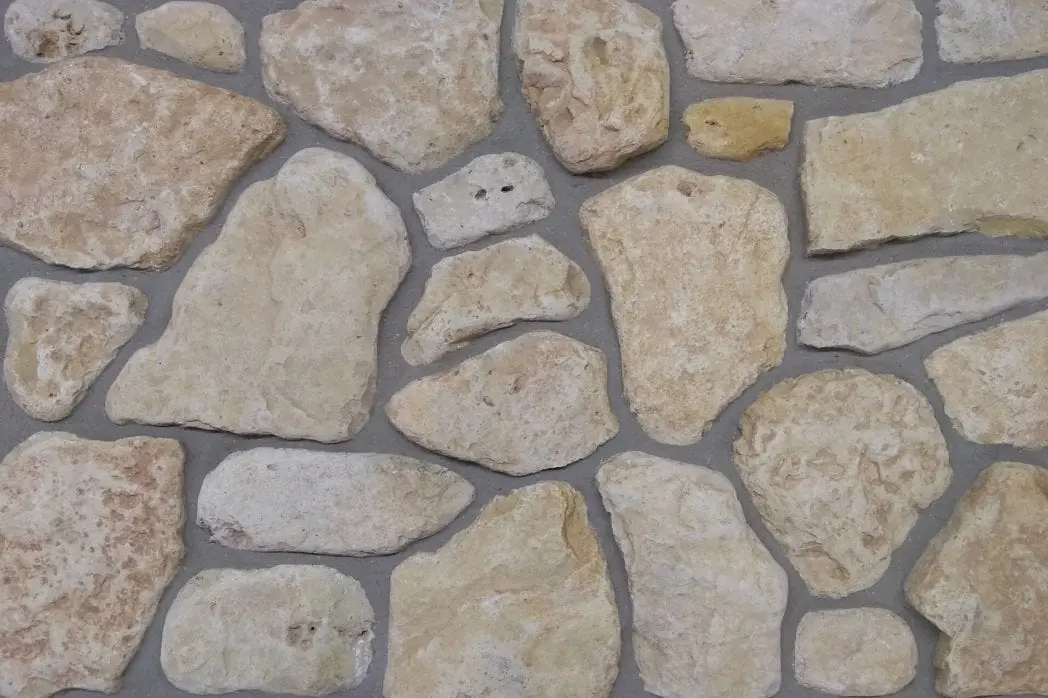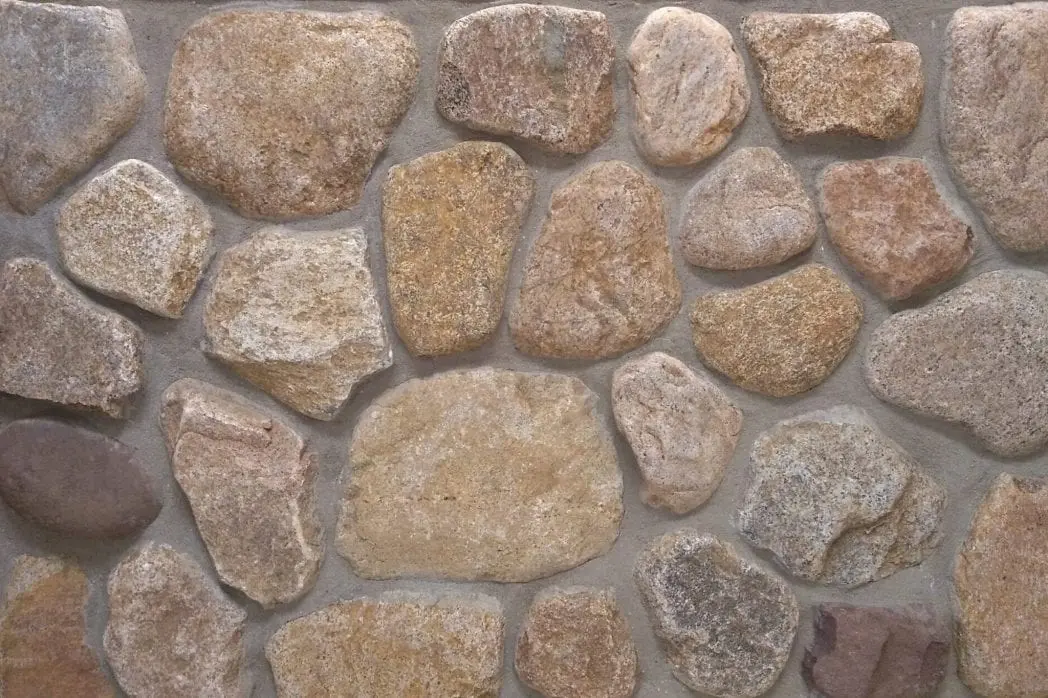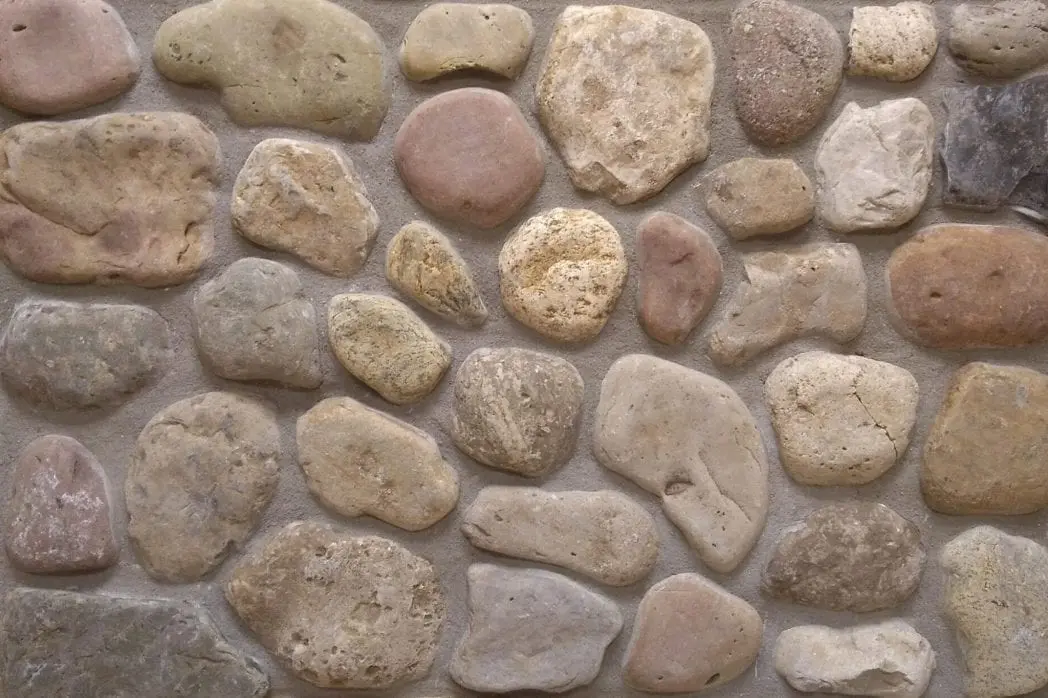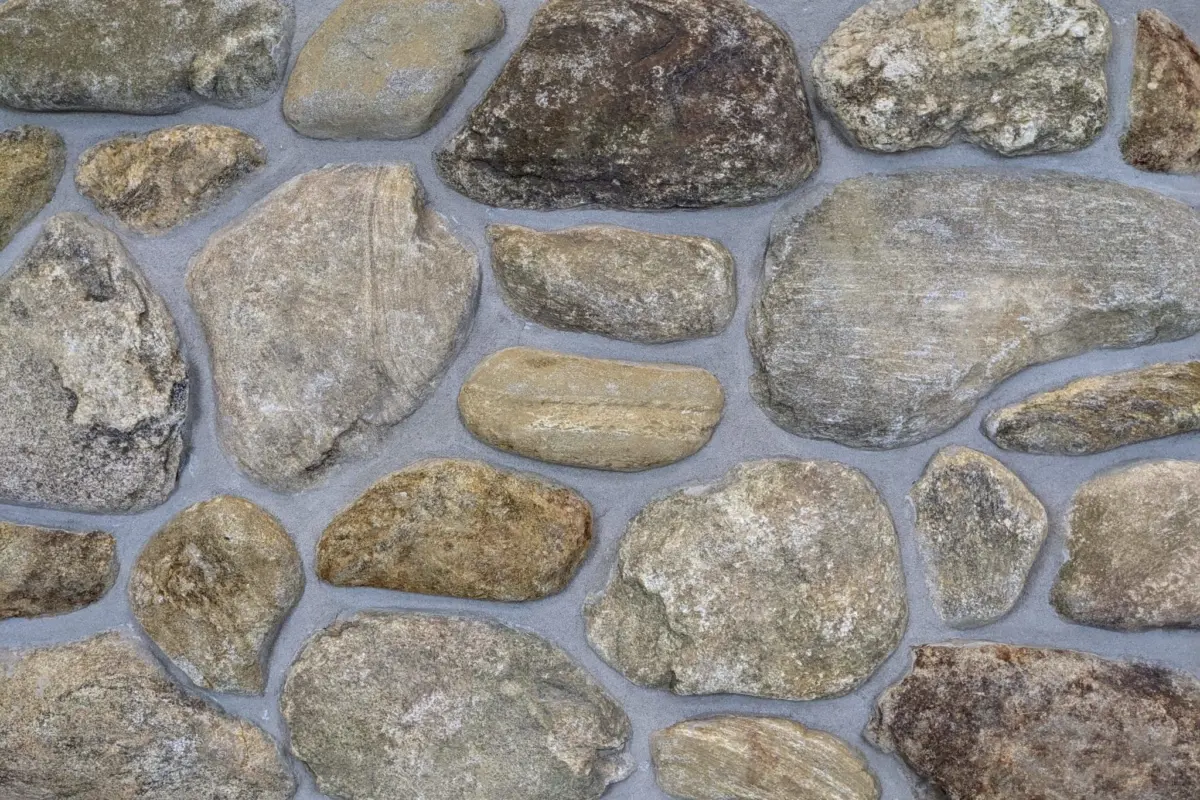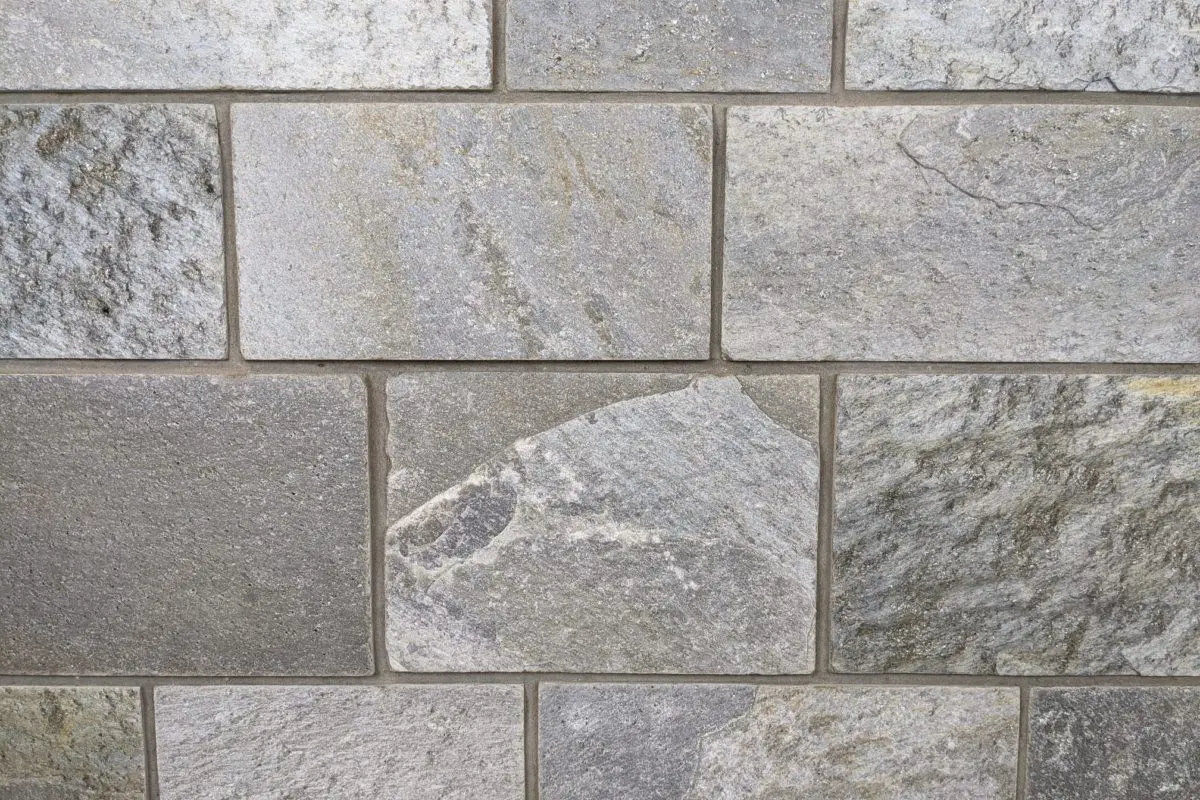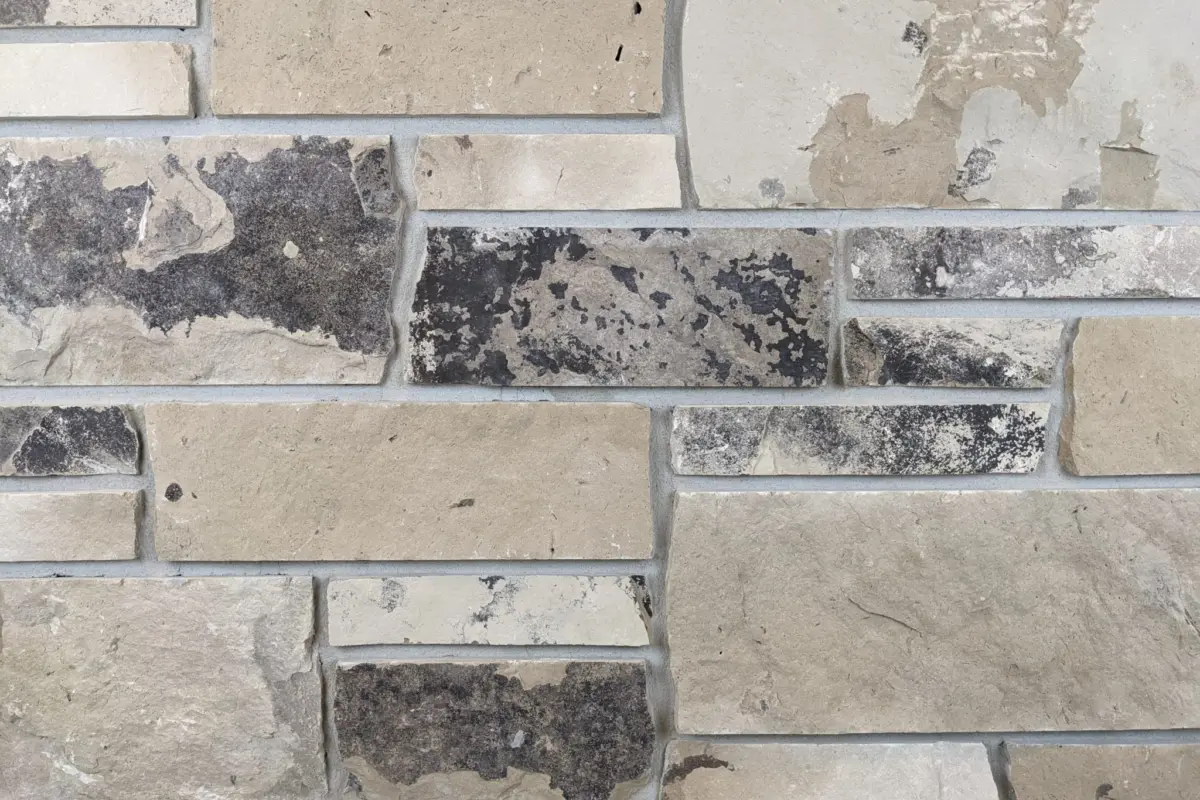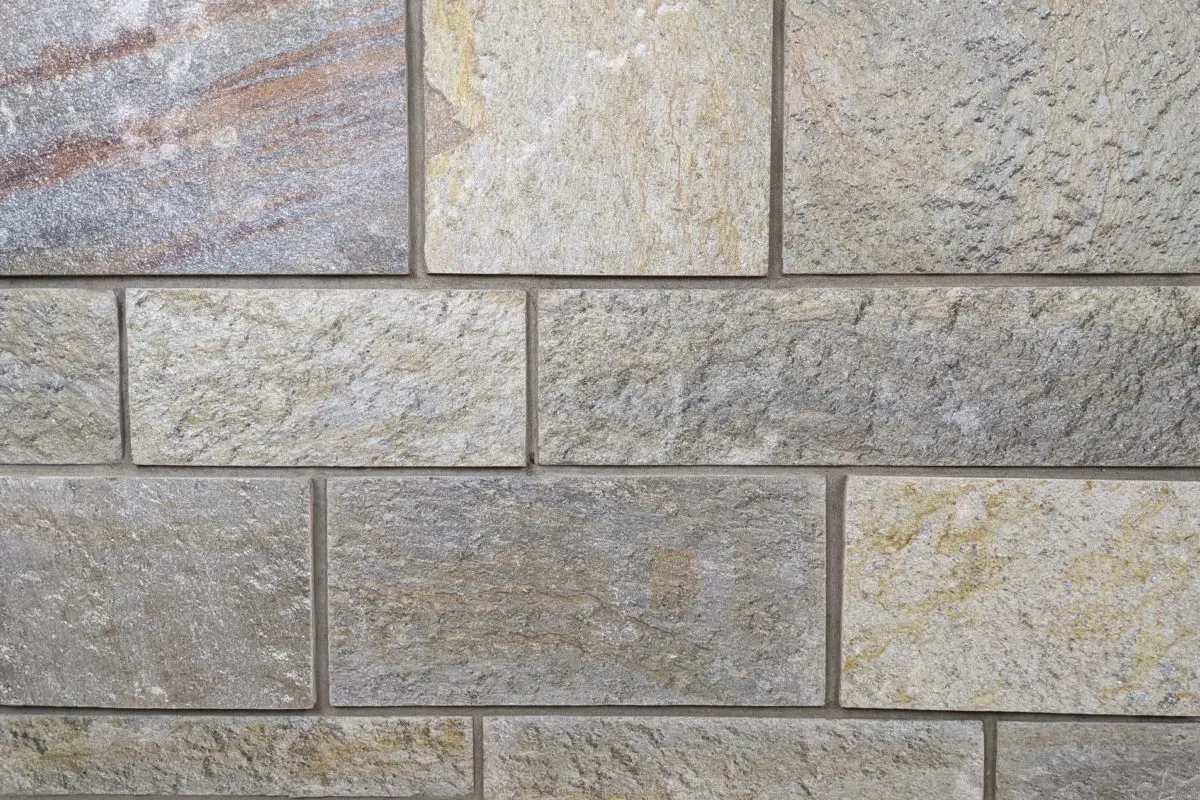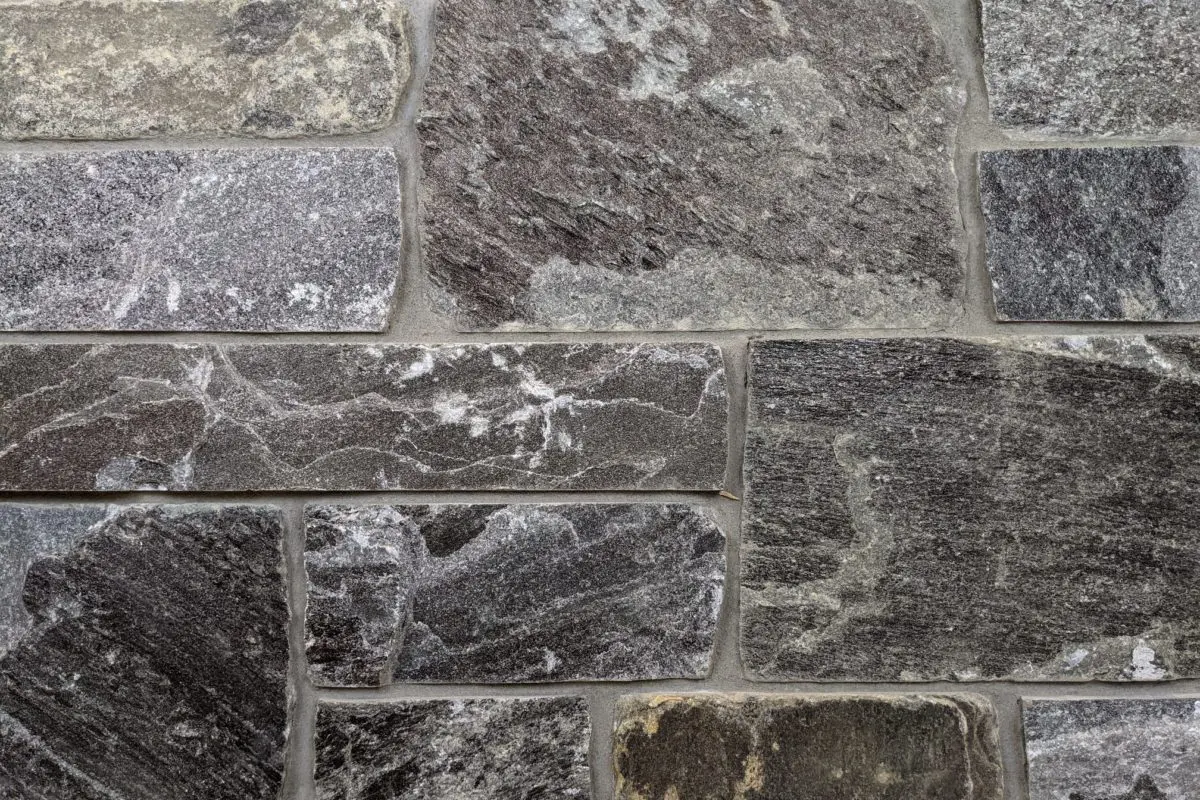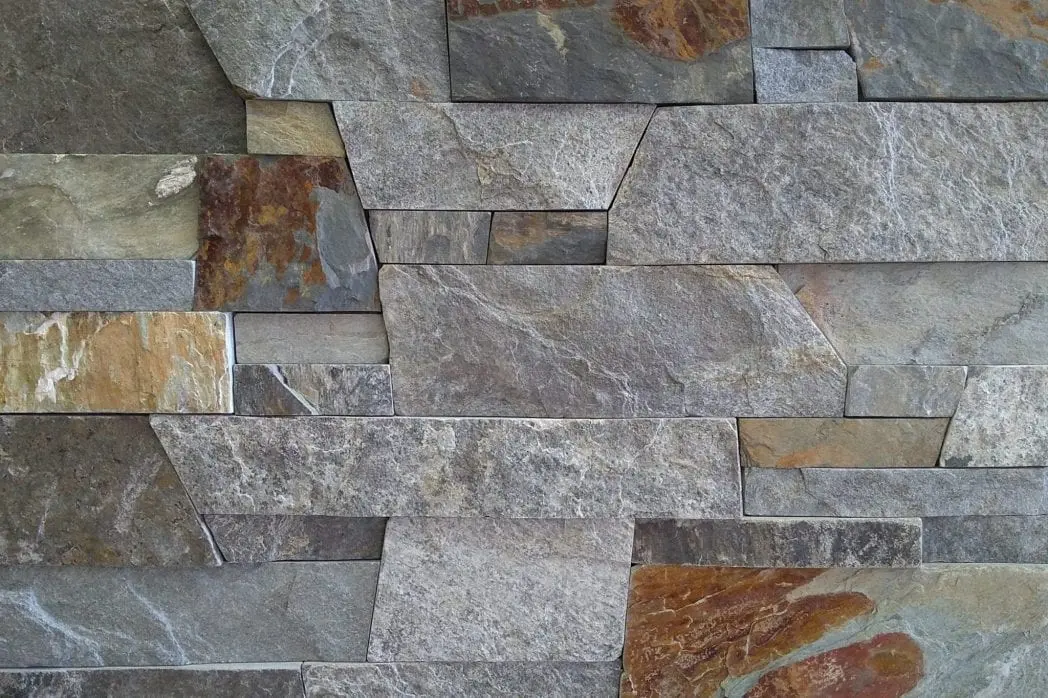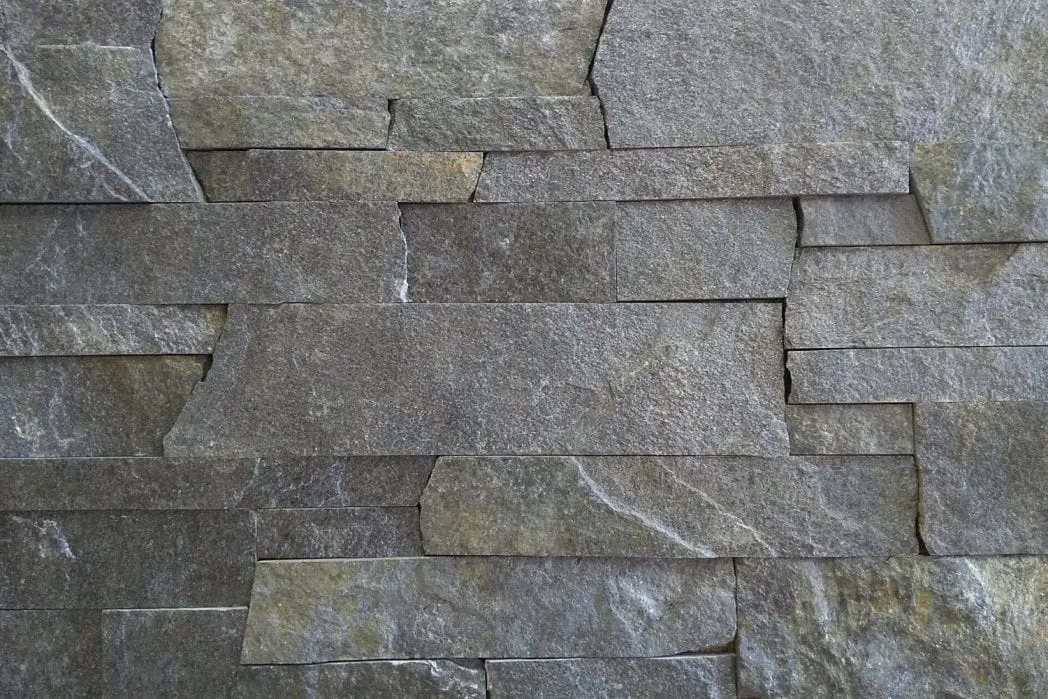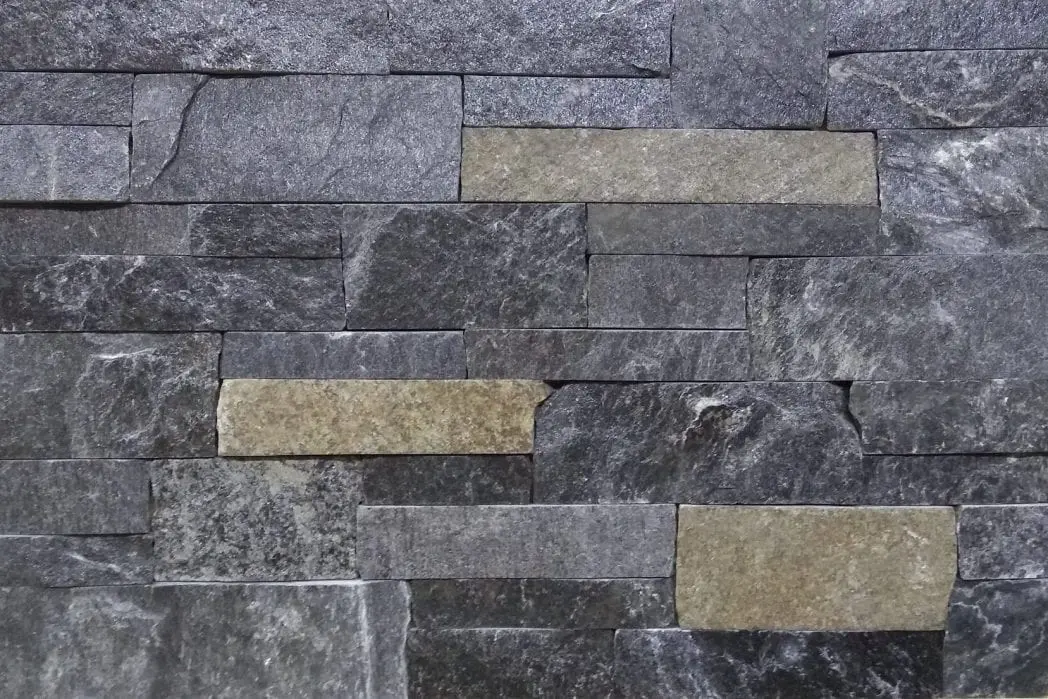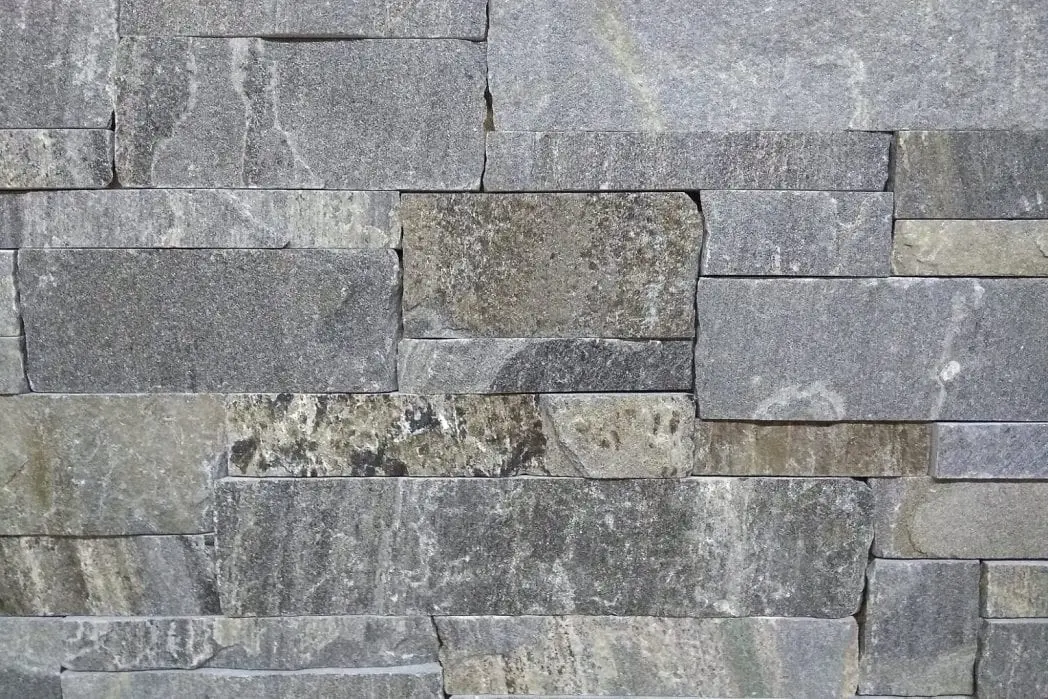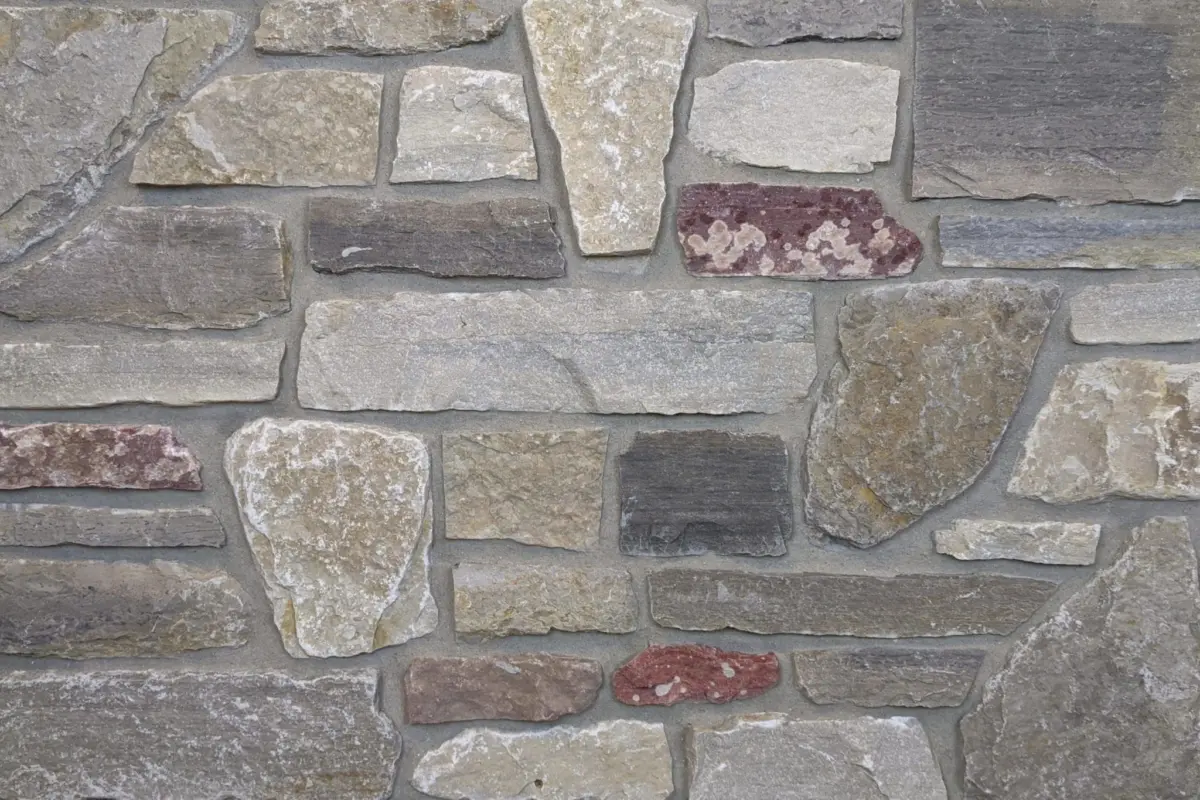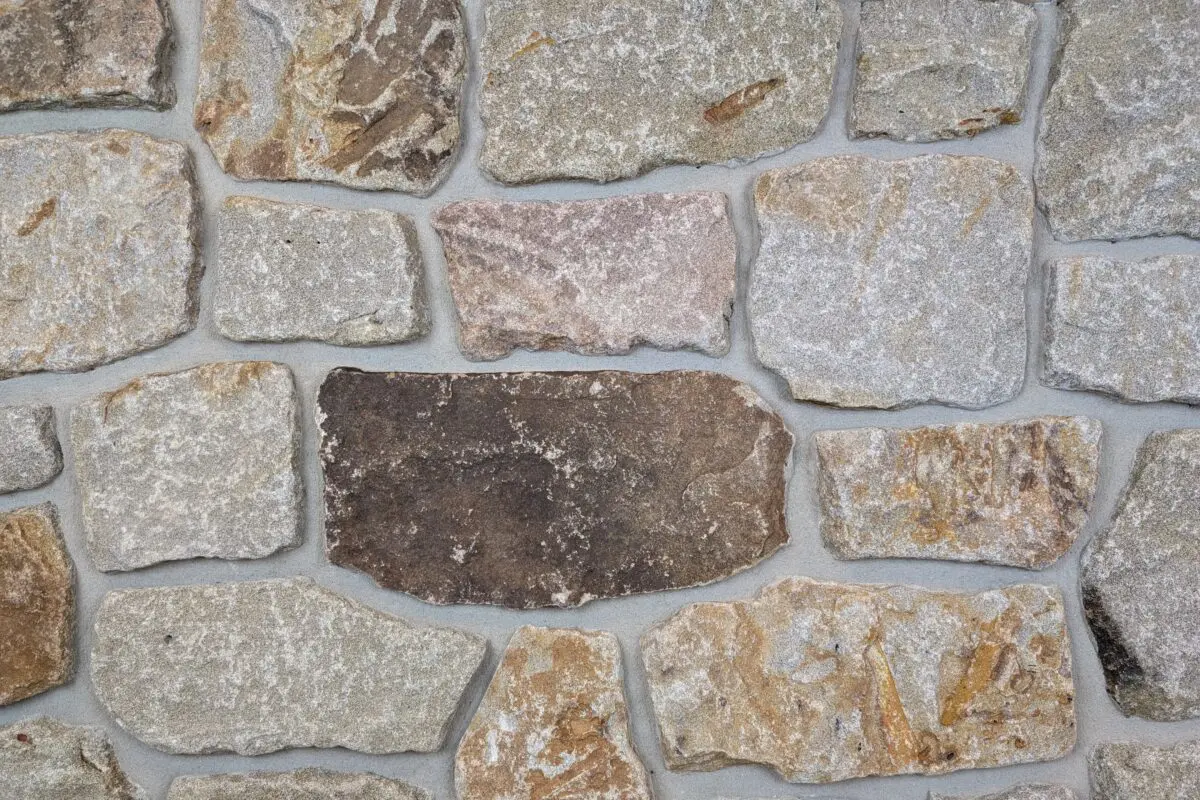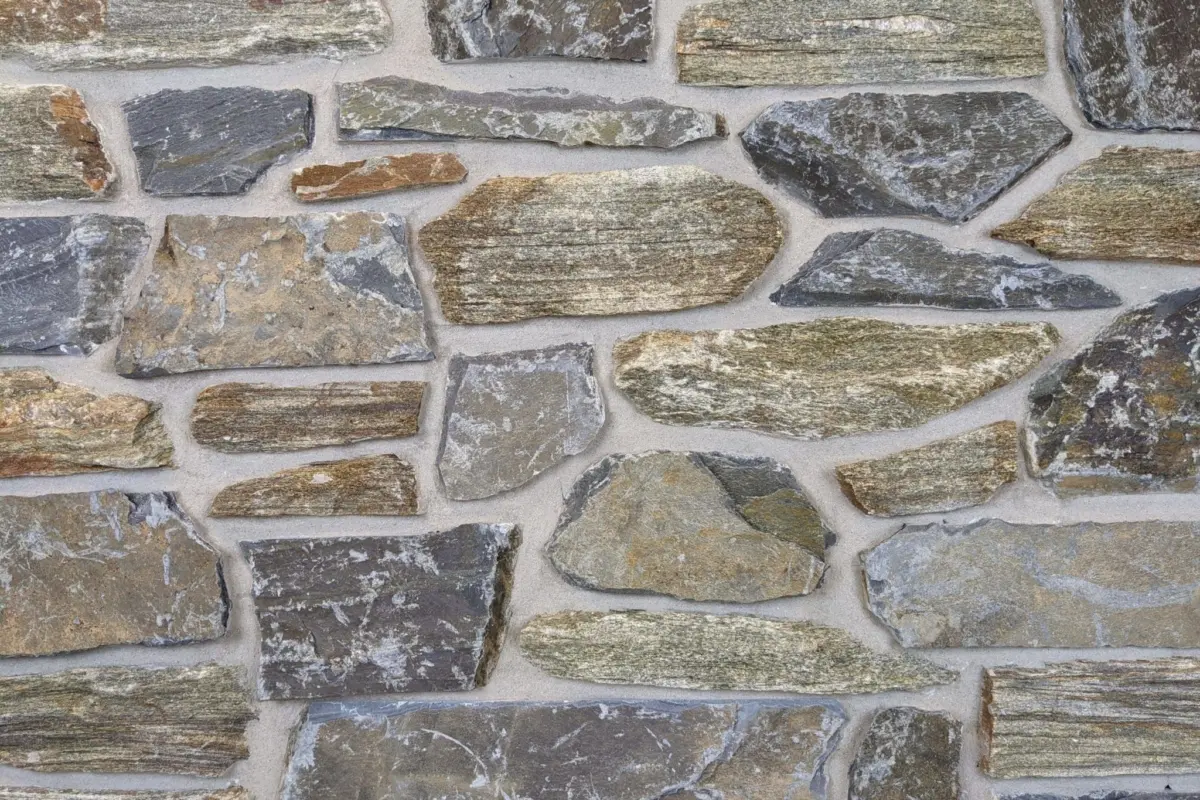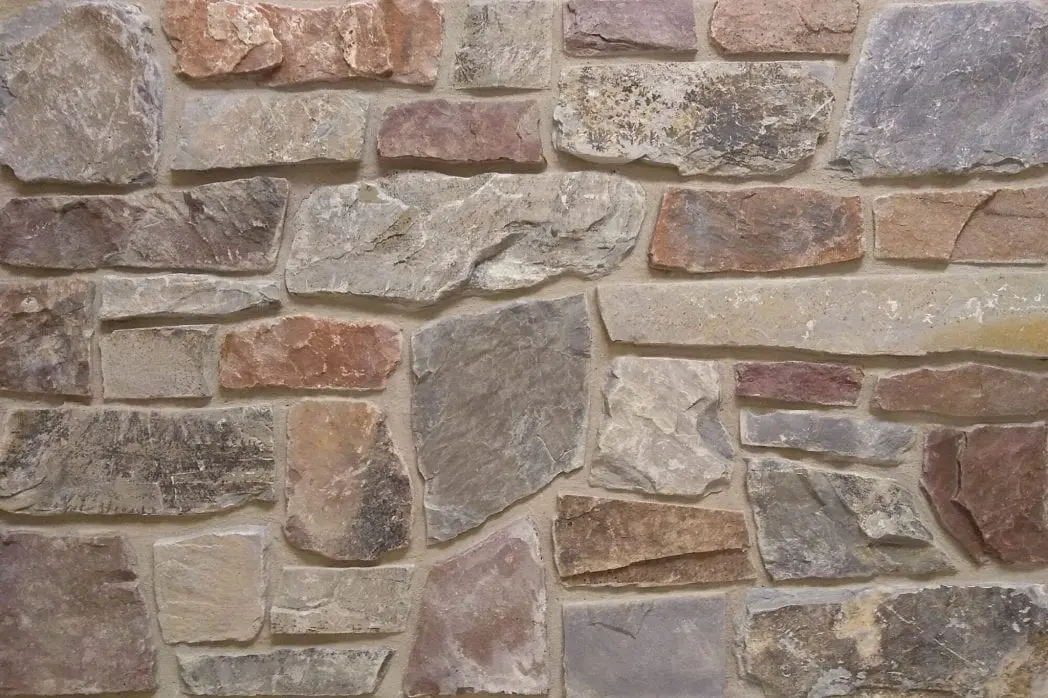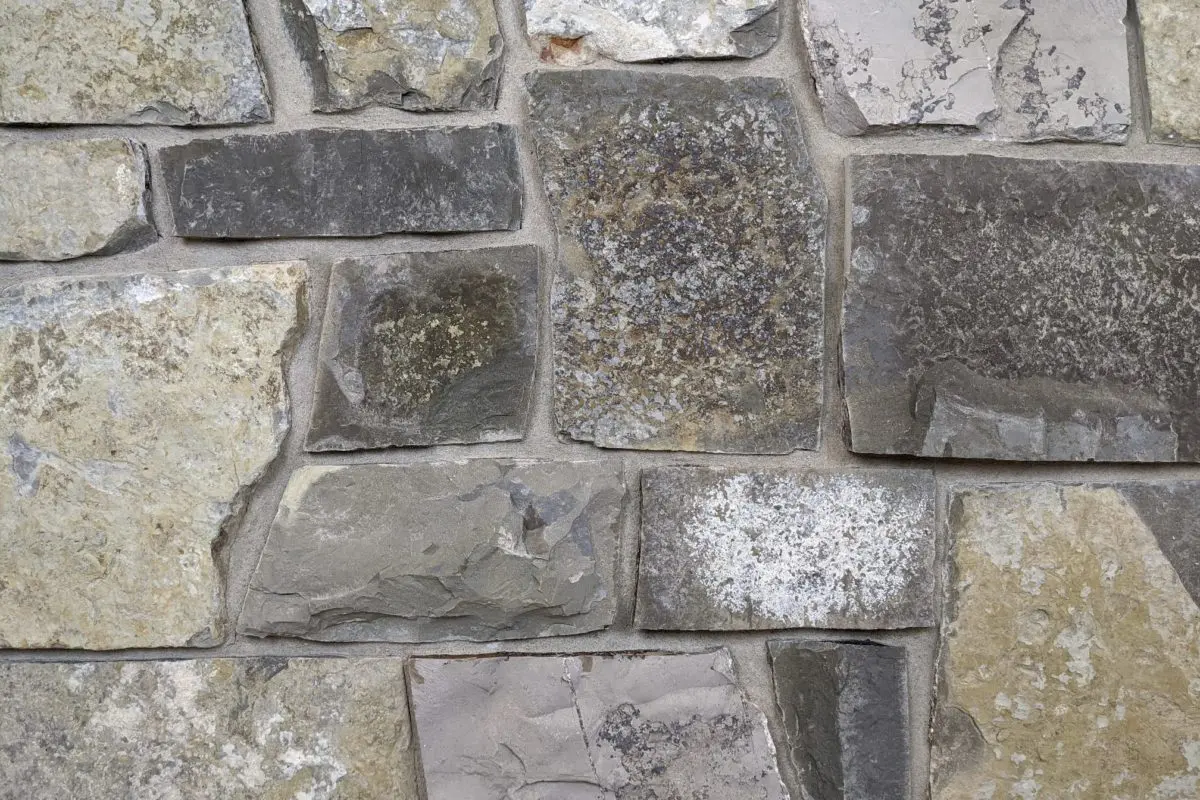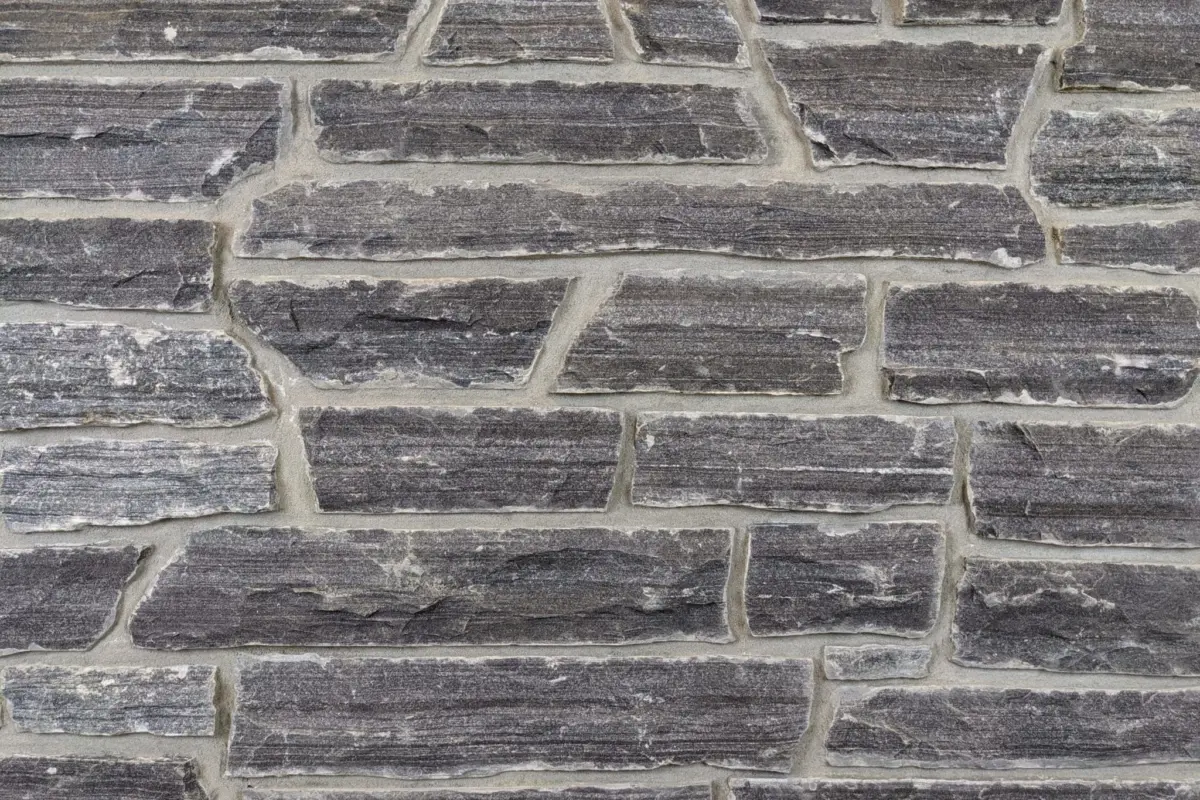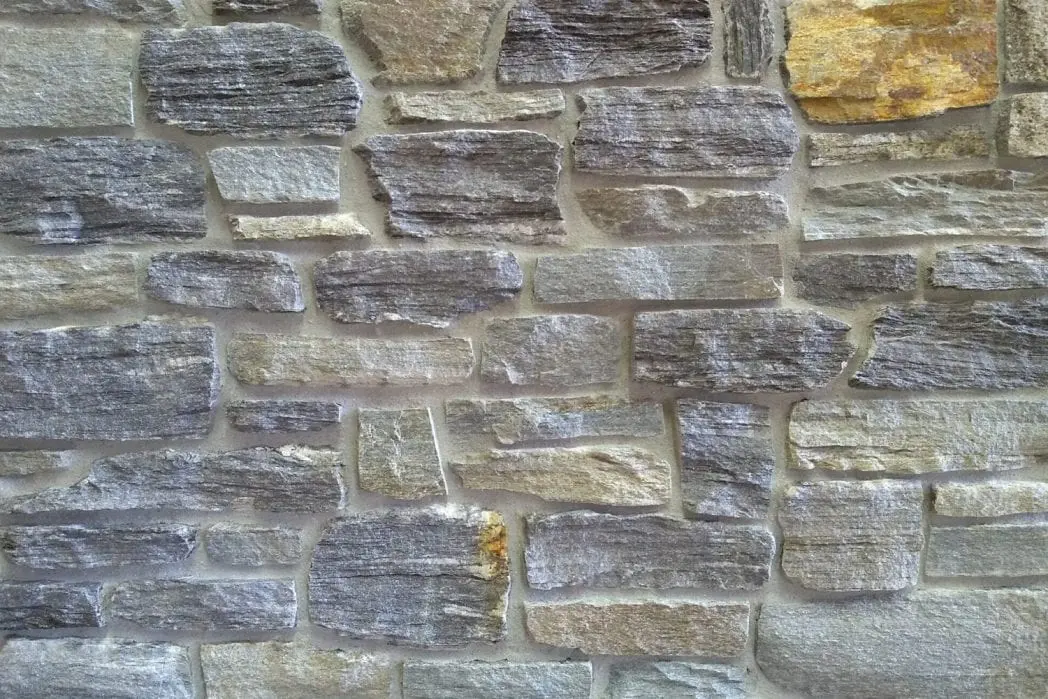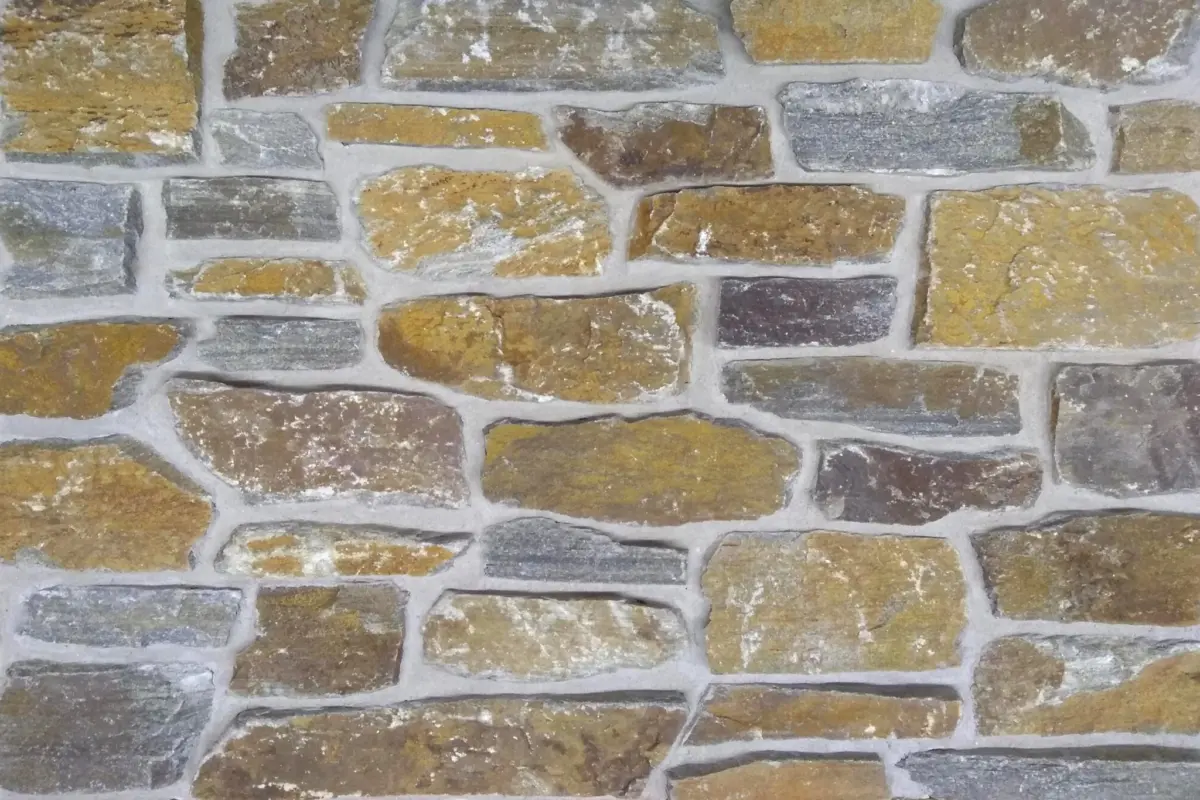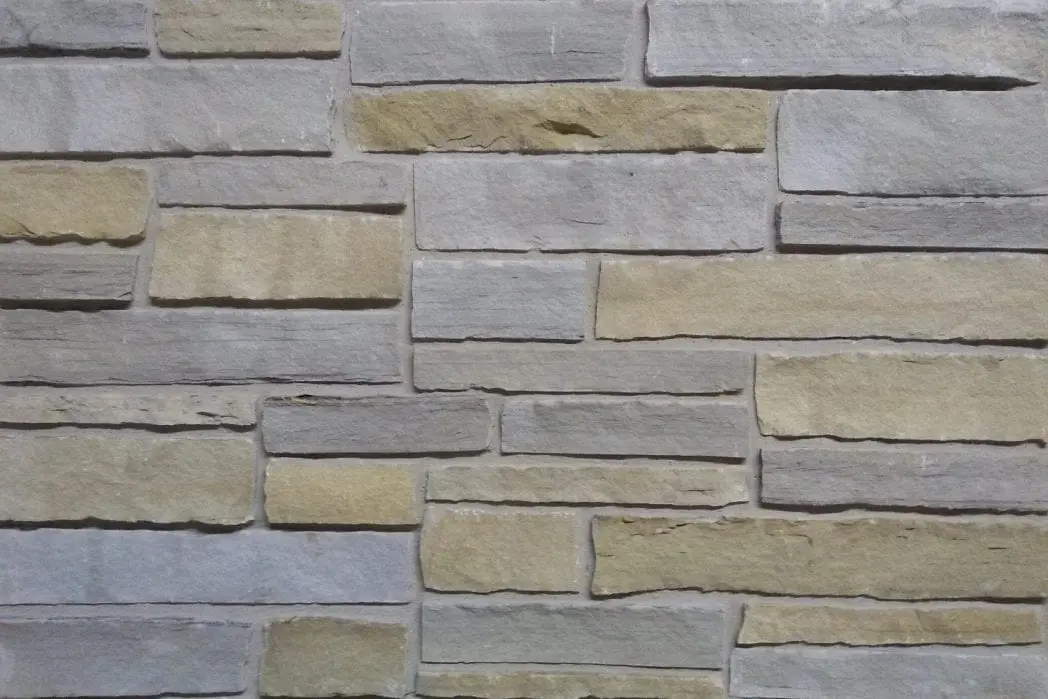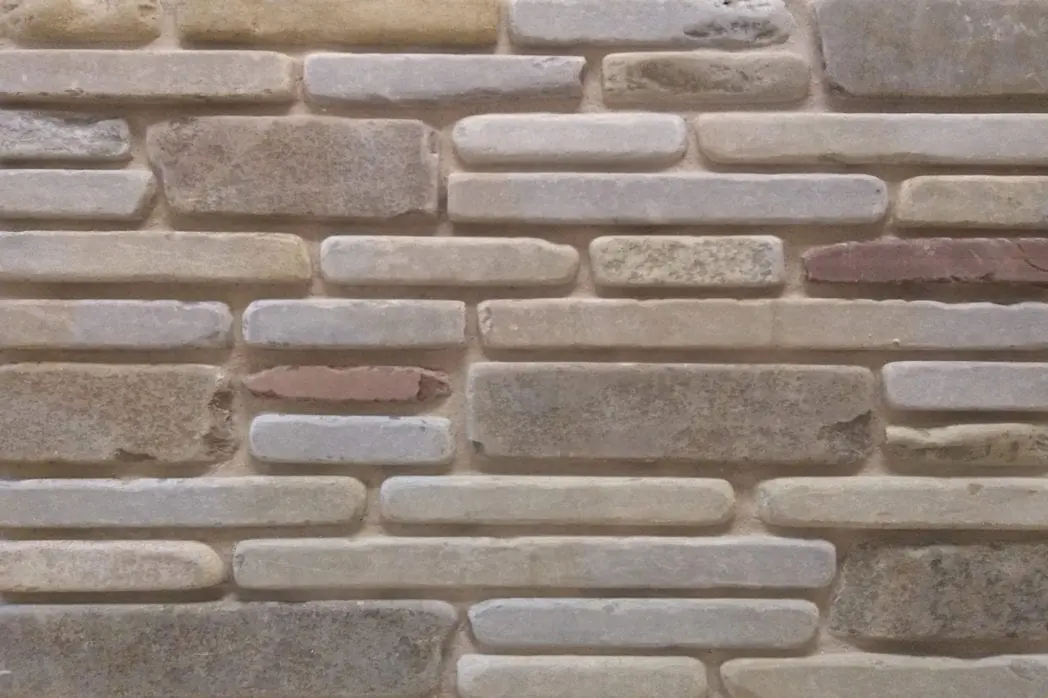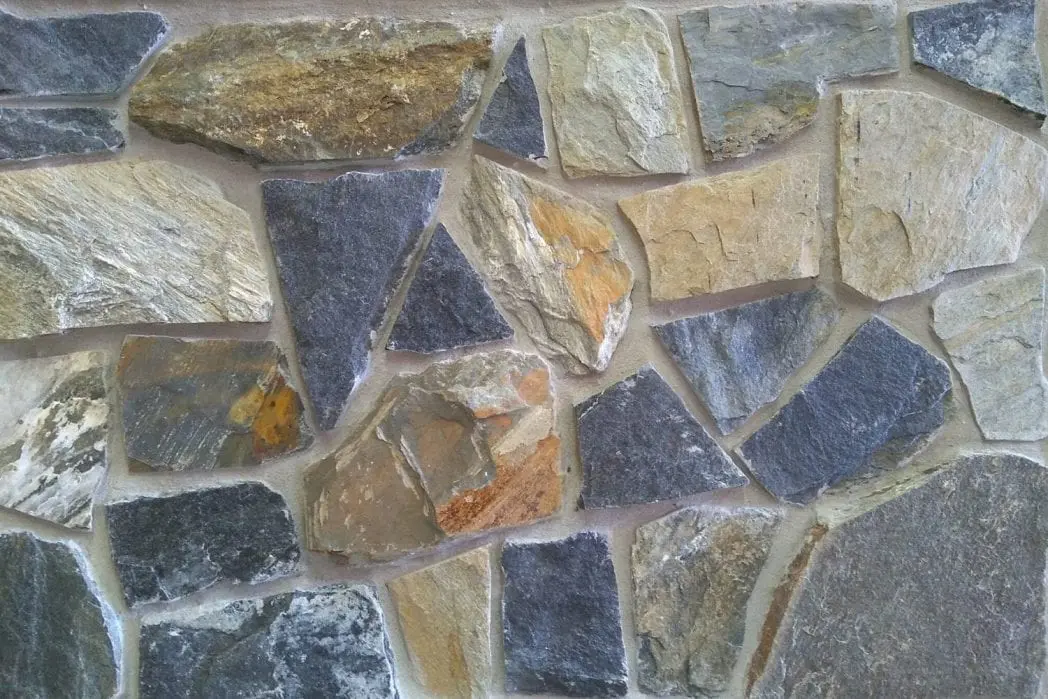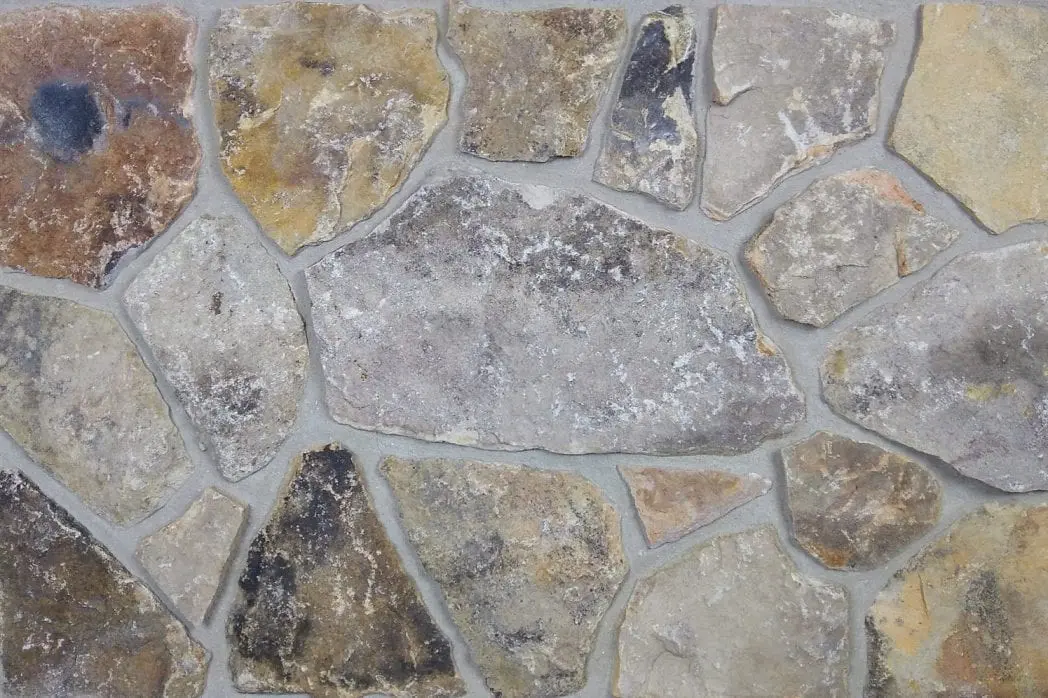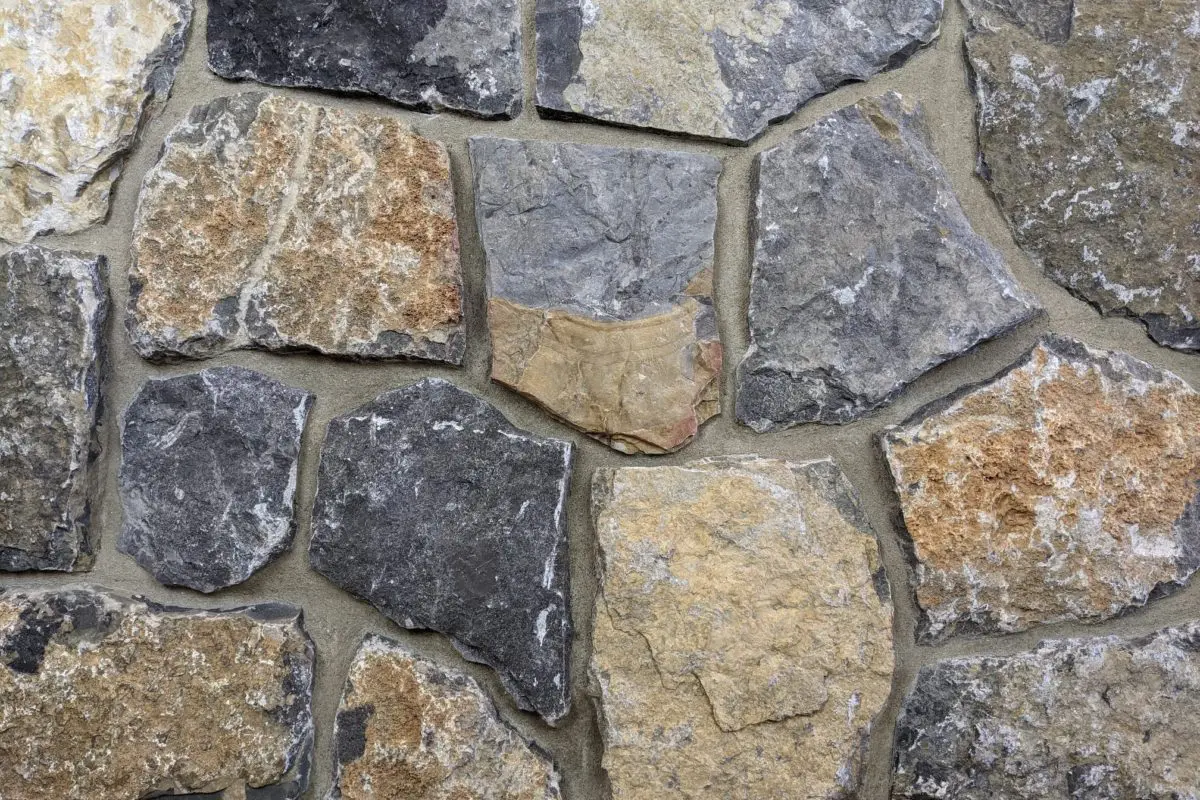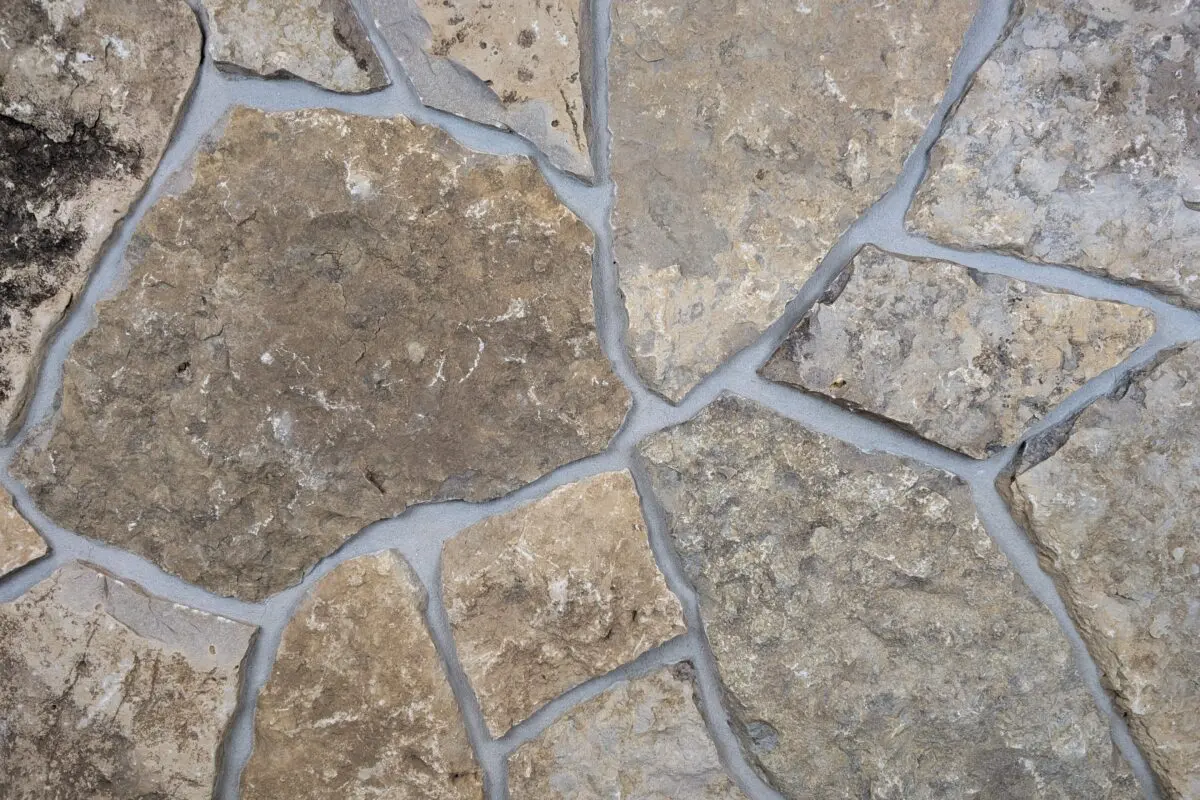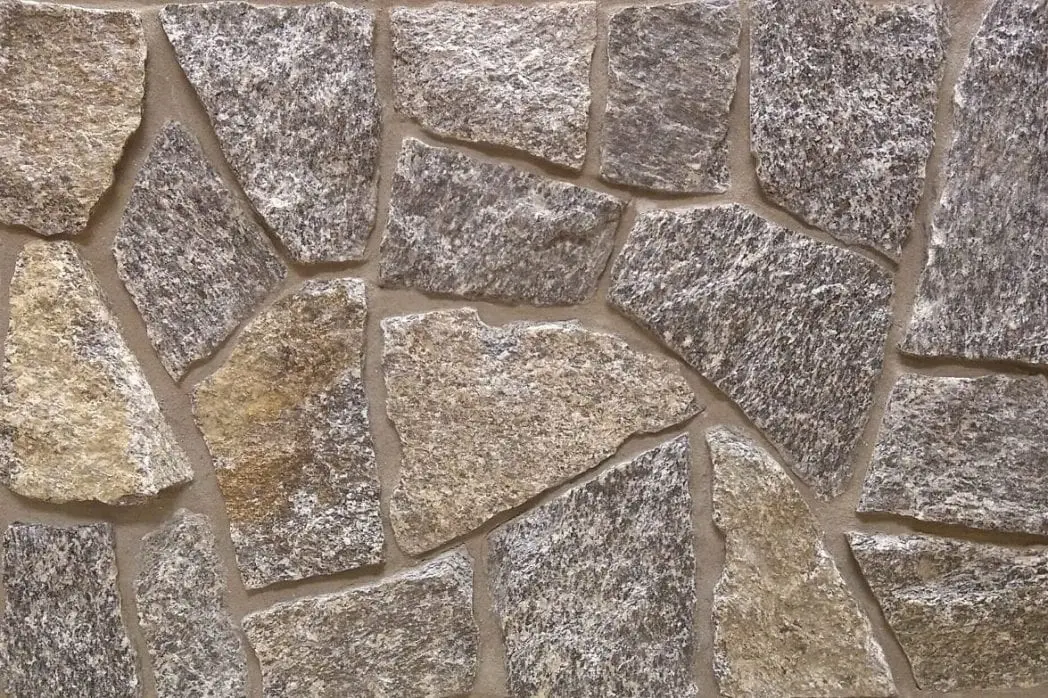Natural Stone Veneer Style Guide
Natural stone is beautiful no matter what stone style you choose. Each style brings its own unique characteristics to your project. Any stone style at the Quarry Mill can be used on any project or application, however, there are some best practices. The rule of thumb is the size of the stone pieces should reflect the scale of the wall being covered. For example, you will want to use a larger stone on a sixty-foot tall commercial building, whereas, on a two-foot tall backsplash, smaller stone pieces have more visual appeal.
Below is a list of stone styles and in-depth descriptions to help with your stone selection.
-
Ashlar
Linear, semi-rectangular, medium sized pieces.
-
Castle Rock
Larger blocky rectangular pieces.
-
Cobblestone
Round, circular, irregular pieces.
-
Dimensional
Perfectly straight sawn top and bottom with larger heights than dimensional ledgestone.
-
Dimensional Ledgestone
Perfectly straight sawn top and bottom with shorter heights than standard dimensional.
-
Fieldledge
Think of this as a mix of ashlar and mosaic.
-
Ledgestone
Linear, semi-rectangular, smaller sized pieces.
-
Mosaic
Random and irregular shapes and sizes.
Ashlar
- Installed in a linear pattern
- Medium size pieces 3"-10" in height
- Used on large- and small-scale projects
- Medium to low installation cost
Ashlar is the most popular stone style as it is the broadest in terms of applications. The term ashlar generally refers to a stone with a range of heights that is laid in a linear pattern. Ashlar style stone has a traditional and timeless look.
The pieces of stone can range from approximately 3″-10″ and are considered medium in size. The pieces will typically have natural or snapped (mechanically split with a hydraulic press) edges. The ashlar pattern is suitable for both large- and small-scale projects. The ashlar style will have a medium to low installation cost relative to the other stone styles.
Selection of our products
View products in this styleCastle Rock
- Installed with a mortar joint
- Larger pieces 4"-12" in height
- Used on large scale projects
- Lower installation cost
The castle rock style is characterized by large rectangular pieces of stone. This style is also referred to as square-rectangular or square-rec for short. Castle rock style stones are almost always installed with a mortar joint between the pieces. .
The stone pieces can range from 4″-12″ in height. A few of our castle rock products will have some sawn edges, but they are typically snapped on all four sides. Snapped edges are created by breaking the stone with a hydraulic press. The castle rock style is most commonly found on large-scale exterior projects. Due to the large pieces, castle rock stones are on the low end of installation cost.
Selection of our products
View products in this styleCobblestone
- Rounded stone
- Various size pieces
- Used on large- and small-scale projects
- Medium to low installation cost
Cobblestones are a unique rounded style of stone. They are commonly used on lake houses or coastal homes. Cobblestones can also be referred to as river rock, boulders or round side out stone. The stone typically comes from glacial deposits or natural fieldstones. Cobblestones are collected by hand rather than quarried.
Cobblestones are well suited for both large and small projects. The stones always have a natural finish and are never tumbled. For masons who are comfortable with and have experience installing cobblestones, they are typically installed quickly and have a medium to low installation cost.
Selection of our products
View products in this styleDimensional
- Cut to specific heights and installed with a half-inch mortar joint
- Most common heights are 2.25", 5", and 7.75"
- Used on medium to large scale projects
- Lowest installation cost
Dimensional style refers to stones that have been sawn to specific heights. The most common heights are 2.25″, 5″ and 7.75″. For very large projects 10.5″ and 14.25″ heights can be added if desired. This stone is sometimes referred to as sawn height or tailored.
The stone is cut specifically for a half inch mortar joint. For example, two 2.25″ pieces with a half inch joint between them will perfectly align with a 5″ piece. A 5″ piece and a 2.25″ with a half inch joint will perfectly align with a 7.75″ piece. If drystacking (a tight fit mortarless installation) is desired, the stone can be cut into custom sizes, for example, 3″, 6″ and 9″.
With a natural finish, this stone has well defined lines and a formal look. The dimensional style is also very popular to tumble. The stone retains the same clean lines but the tumbling process gives an aged appearance. The set sizes typically make dimensional stone the least expensive style to install.
Selection of our products
View products in this styleDimensional Ledgestone
- Cut to specific heights and installed drystacked or with a mortar joint
- Smaller pieces 1"-6" in height
- Used on smaller scale projects
- Medium to high installation cost
Dimensional Ledgestone is very popular with modern design. The pieces of stone are smaller and have sawn heights of 1"-6" with sawn edges. This stone style is typically found on interior applications.
The stones can either be drystacked or installed with a mortar joint. Some of our Quarry Mill dimensional ledgestones are intended to be drystacked (a tight fit mortarless installation). If the product mock-up is shown as drystacked, it is intended for a drystack installation only. The drystacked products are specially cut in 2″, 4″ and 6″ heights and a mortar joint will throw off the clean lines.
Dimensional ledgestones are most commonly used on smaller scale walls due to the smaller heights of the pieces. Although they are sawn to set heights, the smaller pieces make for a slower installation and medium to high installation cost.
Selection of our products
View products in this styleFieldledge
- A mix of linear ashlar and irregular mosaic style pieces installed with a mortar joint
- Various heights
- Used on large- and small-scale projects
- Installation costs vary greatly depending on the masonry contractor
The fieldledge style is a mix of both ashlar and mosaic style pieces of stone. When looking at a finished fieldledge stone wall, you can see the loose linear pattern of ashlar stone among the irregular mosaic stone.
The fieldledge style is versatile and can be used on any application due to the various sizes of the pieces. Most commonly this style is installed with a mortar joint. The fieldledge style offers more flexibility for your mason to add one-of-a-kind installation with a personal touch. Installation costs can vary based on your mason's experience and preferences. It is critically important to choose the right mason and review photos of their previous work when selecting a fieldledge style stone.
Selection of our products
View products in this styleLedgestone
- Installed in a linear pattern drystacked or with a mortar joint
- Smaller pieces 1"-5" in height
- Used on smaller scale projects
- Highest installation cost
Ledgestone is categorized by the smaller heights of the pieces of stone. The stones range from approximately 1″-5″ in height and are laid in a linear pattern. Ledgestones are typically used on smaller scale walls, on fireplaces, or as wainscoting. The pieces of stone can appear visually busy if a wall is too large. The individual pieces of stone have natural edges and provide a marriage between rustic and contemporary aesthetics.
The ledgestone style can be installed with the standard half inch mortar joint or the pieces can be drystacked (tight fit mortarless installation). With a drystack installation you can expect an increase in both the mason's cost and the waste factor due to fitting the stones together. Regardless of the installation type, ledgestones are generally the most expensive to install because of the number of small pieces.
Selection of our products
View products in this styleMosaic
- Random shapes installed with a mortar joint
- Various heights
- Used on large- and small-scale projects
- Installation costs vary greatly depending on the masonry contractor
Mosaic stones are characterized by their natural and random shapes ranging from triangles to polygons. The mosaic style is also called irregular, webwall or webstone. The pieces of stone usually have all natural edges with minimal splitting or sawing
This style is primarily suited for large projects but is also commonly used on smaller applications such as fireplaces. We recommend an installation with a standard half-inch mortar joint as drystacking (tight fit mortarless installation) is labor intensive due to the irregular shaped pieces. Installation costs vary greatly by mason as some enjoy the flexibility while others prefer styles with standard application. Similar to fieldledge, it is critically important to choose the right mason and review photos of their previous work.


